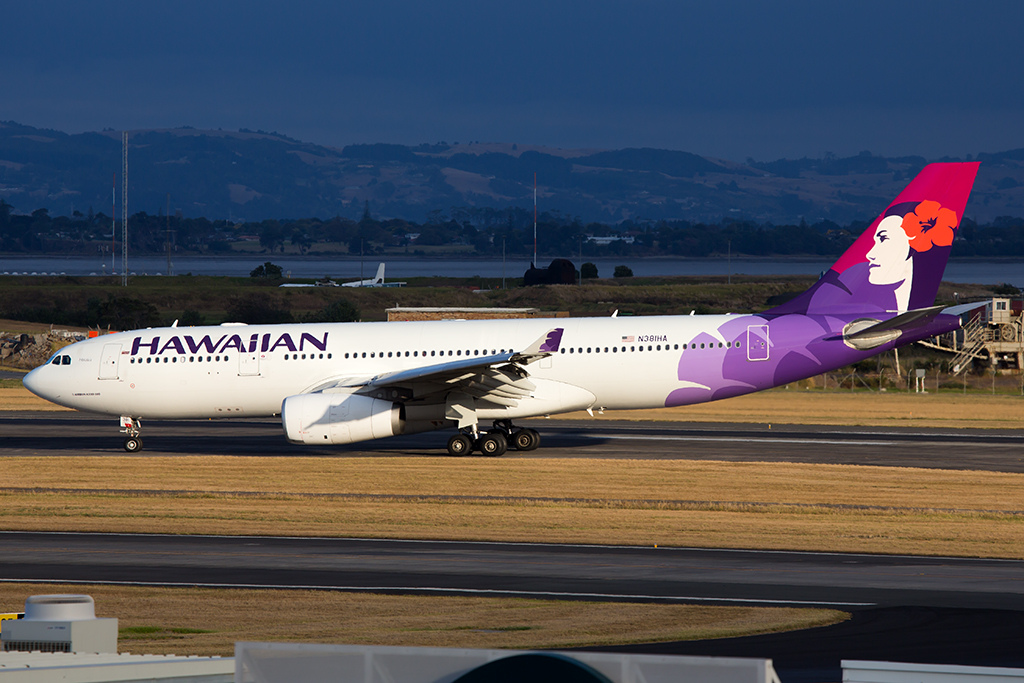CXLIII
Aviation,
perhaps unsurprisingly, had an early start in Hawaii, where the need for quick connections between the islands increased dramatically as the 20th Century dawned. In 1889, a balloonist
went aloft at Kapiolani Park in Honolulu. It did not take long after that for
dreamers to imagine inter-island dirigible flights that never
materialized.
It
was not until 1910 that one J.C. Mars flew a Curtiss P-18 biplane at an
exhibition in Honolulu. Although he had thousands of people watching him he
made little money as most could see him from the surrounding hills without
paying admission.
 |
|
“Bud”
Mars brings the airplane to Hawaii, 1910
|
In
1913, Tom Gunn, a Chinese-American, flew the first seaplane from Honolulu
Harbor on a sightseeing tour (it cost the amazing sum of $25.00 for a single
passenger).
 |
|
Tom
Gunn, a native San Franciscan, introduced flying to China in 1910, and made
more than 800 flights for Sun Yat-Sen’s emerging government
|
In
1916, Sun Yat-Yung, like Tom Gunn a Hawaiian of Chinese extraction, became
Hawaii’s first in-State licensed pilot. Sun, who learned to fly both landplanes
and seaplanes, later went to China where he became Aviation Minister to Sun
Yat-Sen. He founded the China Air Force (C.A.F.) and opened the first aircraft
factory in China. He also encouraged the founding of the China National
Aviation Corporation (C.N.A.C.) and of what eventually became the American
Volunteer Group (A.V.G. or “Flying Tigers”).
 |
|
Sun
Yat-Yung, the original Chinese warplane “Rosamund,” and the first members of
the China Air Force (C.A.F.) shortly before his death in combat in 1923 when Sun was
killed by a warlord
|
Aviation
in Hawaii, like many other things, has a strong military cast to it. In 1917,
the U.S. Army based the first seaplanes in Hawaii at Fort Kamehameha. That same
year, the Army began inter-island military flights to Maui and the Big Island
(Hawaii). The Army purchased Ford Island in Pearl Harbor in 1917 as well, and
in 1923 Ford Island became part of the rapidly expanding naval base there.
The
first attempt to fly from San Francisco to Hawaii was undertaken by U.S. Navy
Commander John Rogers in August 1925. Rogers was forced down in the ocean but
was able to rig a sail to his seaplane and sailed a fair distance toward
Honolulu. He was credited with having flown 1,841 miles, a world record for the
time. Honolulu later named its airport (now Honolulu International) for John Rogers.
It was the first full-service civilian airport in the Territory.
 |
|
John Rogers
Field in 1927. The adjacent Keehi Lagoon became part of the airport when it was
dredged and outfitted for use by seaplanes and flying boats
|
 |
|
Cmdr. John Rogers U.S.N.. There
is some question whether “Rogers” should be spelled with a "d." No two sources agree. Rogers was killed in a plane crash in 1926
|
Until
1929, the only way for Hawaiians to travel between the islands of the Territory
was either privately or via Inter-Island Steam Navigation Company, founded in
1883. On January 30, 1929, Inter-Island
began offering air connections between Oahu, Molokai, Maui and the Big Island.
Known first as Inter-Island Airways, the airline originally used S-38s to
transport both passengers and mail; eventually, Inter-Island Airways became
known as Hawaiian Airlines.
 | |||||||
|
An S-38 of Inter-Island
Airways
|
 |
| The S-42 served Hawaiian Airlines from 1935 to 1946 |
Inter-Island
Steam Navigation ceased all but cargo transport in 1947, turning over its
passengers to Hawaiian Airlines, which, to this day, has an unblemished safety
record.


No comments:
Post a Comment